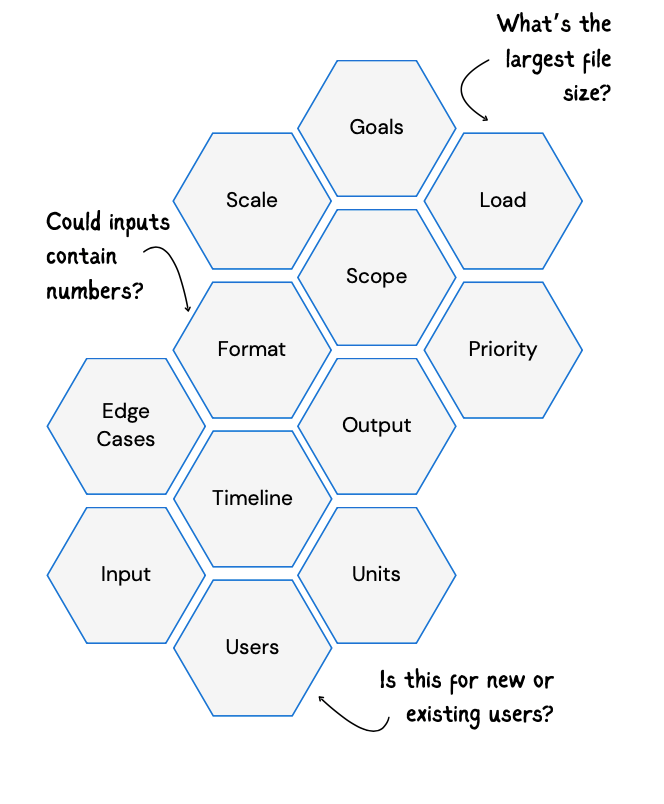- The Stack
- Posts
- The #1 Mistake in Technical Interviews
The #1 Mistake in Technical Interviews
Everything you should clarify before solving a problem
❓CLARIFY THE PROBLEM
Before solving any problem, your first move should be to clarify it through questions.
In team discussions, this means avoiding wasted hours building the wrong thing.
In interviews, it shows you think logically before jumping into solutions.
What to clarify? | e.g. You’re asked in a technical interview: “You’re given a string, and you need to check if it’s a palindrome. How would you approach this?”
|
👇 3 most common mistakes when clarifying
Keep scrolling…
🧑💻 Build your next app on HubSpot
(with the flexibility of an all-new Developer Platform)
The HubSpot Developer Platform gives you the tools to build, extend, and scale with confidence.
Create AI-ready apps, integrations, and workflows faster with a unified platform designed to grow alongside your business.
3 MOST COMMON MISTAKES
Asking vague (not clear) questions
Don’t ask “How should I start?”. Instead, be specific, “Should I start with the brute-force or optimised solution?”Not stating or explaining assumptions
If your colleague/the interviewer cannot give any more detail, clearly state any assumptions with reasons: “Since the values represent number
of people, I’m going to assume inputs cannot be negative.”
Statements vs. Questions
Non-native English speakers sometimes confuse statements with questions by using the incorrect word order and intonation.
Statement: The input is always sorted.
Question: Is the input always sorted?
Learn how to fix these mistakes with English for Tech Interviews
Thanks for reading! 📣 If you found this useful, share it with teammates and get our Get Hired in Tech bundle (worth $150) as a thank you from us! |
What did you think of today's email? 🤔 |





Reply